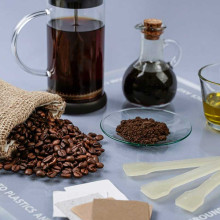Crash-proof battery protection for electric cars
- Details
- Hits: 7524
 Fraunhofer researchers have replaced a battery box for lithium-ion batteries with a lightweight component. The case not only saves weight and survives accidents without damage - for the first time, it can be produced on a mass production scale. Basically, the engineers want to push the symbiosis between electromobility and lightweight construction with decisive steps. The aim is to gradually replace individual elements in the vehicle with lightweight components.
Fraunhofer researchers have replaced a battery box for lithium-ion batteries with a lightweight component. The case not only saves weight and survives accidents without damage - for the first time, it can be produced on a mass production scale. Basically, the engineers want to push the symbiosis between electromobility and lightweight construction with decisive steps. The aim is to gradually replace individual elements in the vehicle with lightweight components.
The researchers are proving that this is possible with the Artega GT, a prototype that has been converted into an electrically powered sports car and whose electric motor is located in the rear: the experts, together with colleagues from the Fraunhofer Institutes for Mechanics of Materials IWM, for Structural Durability and System Reliability LBF and for short-term dynamics , Ernst-Mach-Institut EMI has developed a large-scale, crash-proof battery housing that meets the high requirements. The battery housing, which encloses the 35 kg battery, weighs only 340 kg.
“Conventional steel solutions weigh up to 25% more. The battery box survives an accident assuming ten times the acceleration due to gravity. And even if a pointed object hits the housing at 60 km/h, the highly sensitive battery inside remains unharmed. In addition, the 16 lithium-ion modules are protected against moisture. A semi-permeable membrane for pressure equalization also guarantees that the battery cells can »breathe«.
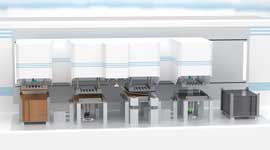 Facts and components from and for battery production
Facts and components from and for battery production
What is special about the new battery protection are the fiber composite materials. Previously, steel components were welded together for such boxes. The problem: The lightweight components must also be able to be mass-produced. That was not possible until now. In aircraft construction, for example, fiber composites have been used for a long time, but only a few hundred are produced each year. In a car, on the other hand, it can be several thousand a day. And large-scale production places completely different demands on the materials. That's why the researchers have developed a special process chain - with cycle times that enable large quantities to be manufactured.
The process chain is designed in such a way that many steps can run simultaneously. Parallel to the manufacturing stage, for example, the plastic is heated and those elements are prepared that ensure the load and tensile strength or the connection to the bearing in the rear frame of the Artega. These include, for example, oriented glass fiber structures or tailor-made metallic inserts. The individual components are then assembled and pressed in a »one-shot process«.
You might also be interested in...

Infrared camera optimizes Laser Powder Bed Fusion 3D printing

Artificial Intelligence | trends and developments
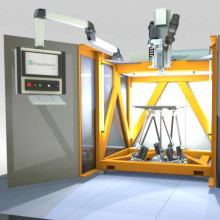
3D printer | Additive manufacturing of plastic parts
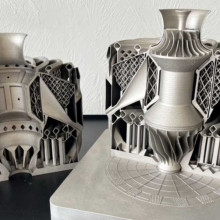
3D printer metal | Amazing Possibilities
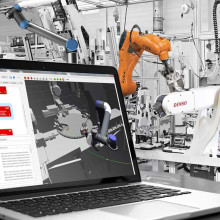
Programming Robots | software and controls
